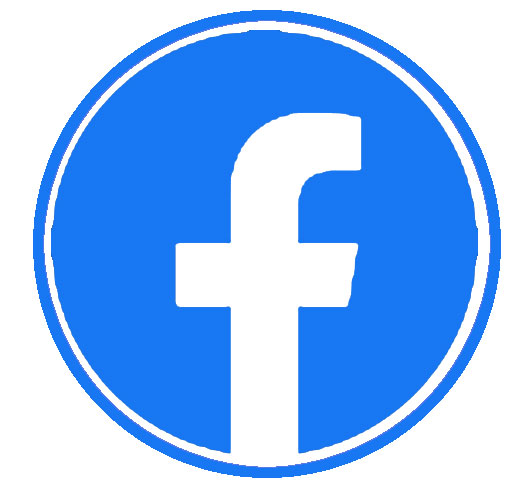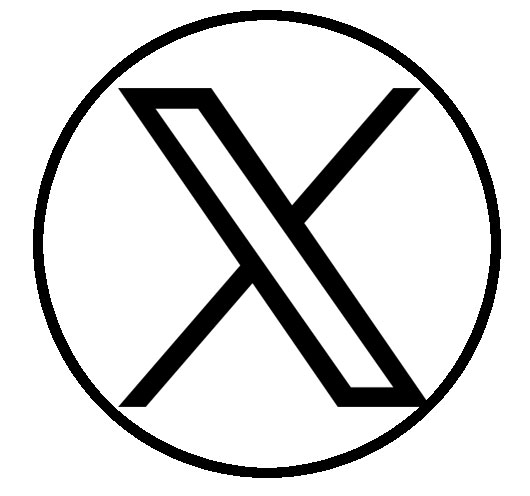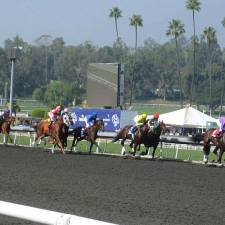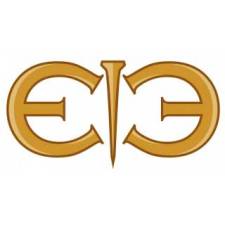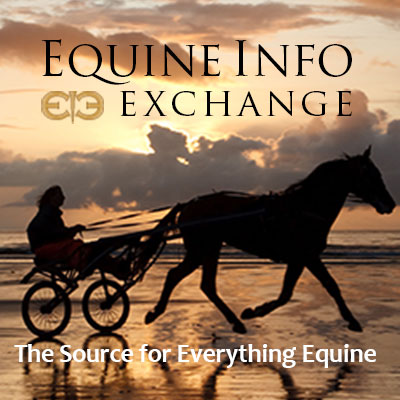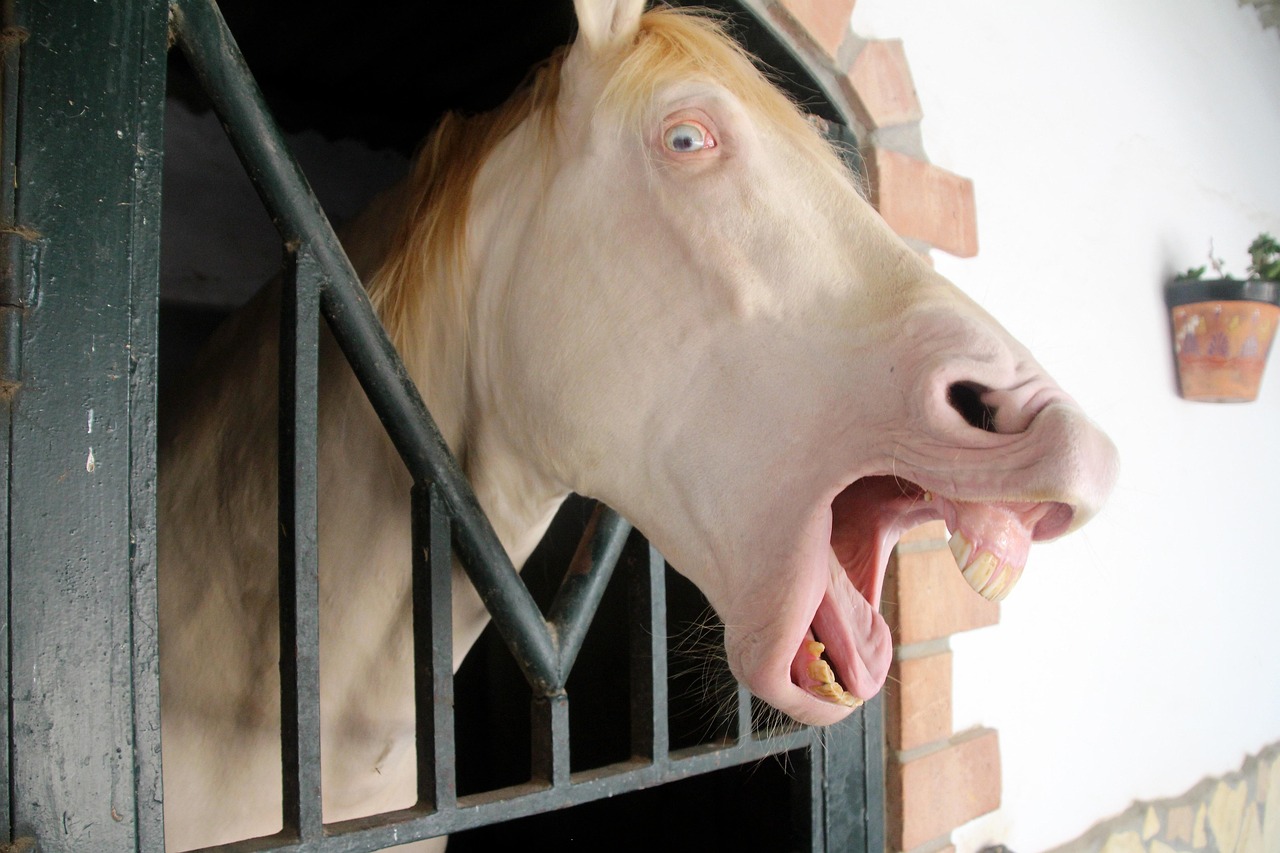
By the EIE Editorial Staff
Safety is always first when being around horses and understanding horse body language is crucial for positive interactions. Horses communicate constantly through their ears, eyes, nostrils, mouth, head position, tail, and overall body posture.
Here's how to distinguish a friendly horse from one that might be feeling "nasty" (which is often a sign of fear, pain, or discomfort rather than true malice).
Signs of a Friendly, Relaxed, or Content Horse
- Ears
- Forward and relaxed: Indicates curiosity, interest, and attentiveness.
- Loosely flopped to the side: Signifies relaxation, contentment, or even dozing.
- Eyes
- Soft and kind: Eyes are relaxed, not wide or tense. You generally won't see much, if any, white around the eyes (unless it's a breed like an Appaloosa that naturally shows sclera).
- Slightly hooded or half-closed: A sign of deep relaxation or even sleep.
- Mouth and Muzzle
- Relaxed, soft lips: The lower lip might even be slightly droopy.
- Chewing/licking: Often seen when a horse is processing information, relaxing, or thinking.
- Gentle nudging or sniffing: A curious and friendly gesture, especially towards your hand or pockets if they suspect treats.
- Blowing soft air: Horses blow air through their nostrils as a greeting or sign of affection.
- Head and Neck
- Head held level or slightly lowered: Indicates calmness and relaxation.
- Nuzzling or resting head on you: A strong sign of trust and affection.
- Body Posture
- Relaxed stance: Weight evenly distributed, or one hind leg might be cocked and resting.
- Loose, swaying tail: A relaxed tail, gently swishing to ward off flies, indicates comfort.
- Approaching you calmly: If a horse walks up to you in the pasture, it's a good sign they're interested in interacting.
- Nickering or soft whinnying: A low, rumbling sound often used as a greeting or to express contentment.
- Grooming you back: If a horse gently nibbles or grooms your arm or shoulder, they are treating you like a herd mate.
Signs of a "Nasty" (Aggressive, Uncomfortable, or Fearful) Horse
It's important to remember that aggression in horses usually stems from feeling threatened, in pain, or from learned behaviors.
- Ears
- Pinned flat back against the head: This is a strong warning sign of anger, fear, or irritation and often precedes a bite or kick.
- Rapidly flicking back and forth: Can indicate anxiety, stress, or high alert.
- Eyes
- Wide and tense: Showing the whites of the eyes (sclera) is a classic sign of fear, alarm, or distress.
- Hard stare: A direct, unblinking stare can be a challenge or a threat.
- Wrinkles above the eye: Triangular wrinkles above the eye often indicate concern or discomfort.
- Mouth and Muzzle
- Tight, pursed lips: Indicates tension, stress, or pain.
- Wrinkled nostrils or curled-up muzzle: Sign of annoyance or disgust.
- Bared teeth: A clear threat to bite.
- Snapping or rapid teeth clacking (not chewing): This is different from a young horse "mouthing" to show submission; it's a warning.
- Head and Neck
- Head held high and rigid: Indicates alertness, fear, or agitation.
- Head tossing or shaking violently: Can be a sign of frustration, pain, or telling you to back off.
- "Snaking" (lowered head, waving side to side): A dominant or aggressive display.
- Body Posture
- Tense, rigid body: Muscles are visibly tight.
- Stomping a foot: Can indicate impatience, irritation, or an attempt to dislodge flies, but if combined with other aggressive signs, it's a warning.
- Pawing the ground aggressively: Can be a sign of impatience or frustration, especially if done repeatedly.
- Tail clamped tight against the body: Indicates fear or submission.
- Violent tail swishing or wringing: Often a sign of irritation, frustration, or anger.
- Turning hindquarters towards you: A horse that intentionally turns its rear towards you is often preparing to kick.
- Lifting a hind leg with a pointed hoof: A clear warning to kick.
- Charging or rushing: A direct aggressive action.
- Rearing or striking (lifting front legs): Can be a defensive or dominant action, extremely dangerous.
- Crowding or pushing: Invading your personal space with their body in a dominant way.
Important Considerations
- Context is Key: Always consider the situation. A tail swish could be just flies, or it could be anger, depending on other body language cues.
- Pain or Discomfort: Many "nasty" behaviors are actually signs that a horse is in pain or discomfort. If a horse suddenly becomes aggressive, it's wise to have them checked by a veterinarian.
- Fear: Horses are prey animals, and their primary instinct is to flee. Aggression often arises when they feel trapped or unable to escape a perceived threat.
- Learned Behavior: Sometimes horses learn that aggressive behaviors get them what they want (e.g., biting to get you to leave them alone). These behaviors need consistent and correct handling.
- Some horses have "resting grumpy face": Just like people, some horses might naturally have an expression that looks less than thrilled, but their overall demeanor and actions will tell you if they are truly friendly. Pay attention to how they interact with you, not just a fleeting expression.
By observing these subtle and overt signs, you can better understand your horse's mood and respond appropriately, fostering a safe and respectful relationship. When in doubt, always err on the side of caution and give the horse space.
You can find more interesting stories in our section on Recreation & Lifestyle.
